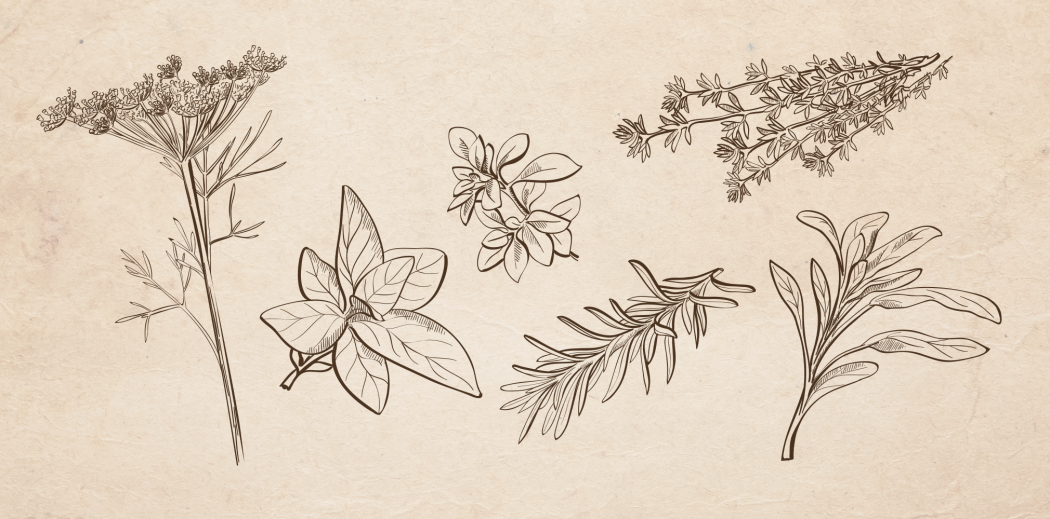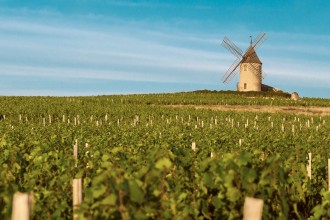Although it may seem self-explanatory, herbaceous is a wine term that instantly confuses people. Fortunately, it’s not so mystifying once you get down to the nuts and bolts. Taking a look at its definition, herbaceous literally means “herb-like” or “relating to herbs.” When we speak of herbaceousness in wine, we’re talking about the aromas and flavors that conjure up mental images of a bouquet garni.
Here’s the thing; herbaceous goes both ways, meaning it can be a good or bad quality in wine. It’s used interchangeably with “herbal,” where the latter is more or less exclusively used in a positive light.
The Good: if kept in check with a wine’s other elements, herbal notes are lovely. When in harmony with a wine’s fruit, acid, alcohol and so on, herbal aromas and flavors add another layer of complexity.
The Gross: if overly green or underripe flavors dominate and detract from how the wine would normally express itself, we’ve got a flawed wine on our hands.
Sauvignon Blanc, the Cabernet family (Sauvignon, Franc, Merlot, Carménère and even Malbec), Rhône reds and American oak-aged Rioja, plus a host of others can all exhibit herbal aromas and flavors. Here are a few specific examples of flavors you may smell or taste in an herby wine (This list is by no means exhaustive):
• Celery seed
• Dill
• Eucalyptus
• Fennel
• Lavender
• Lemongrass
• Mint
• Rosemary
• Thyme
So how does one go about learning to pick up these aromas in wine? By tasting of course. As a reference point, grab some of the herbs listed above. Referring back to the way they smell and taste is a solid way to commit them to your olfactory memory and will make your dinners more delicious.
Some of the confusion comes from related descriptors like leafy, stemmy and vegetal. These terms go round in an endless carousel until being duly muddled up, they’re taken as synonyms for one another. There’s some overlap but subtle differences do exist.
Leafy: Similar to herbal but denoting a leaf-like character in the wine rather than a strictly herbal one.
Stemmy: Refers specifically to unripe stems. Sounds strange, but if you consider the fact that some grapes are fermented whole cluster, the ripeness of stems becomes important when considering when to harvest.
Vegetal: Think asparagus, like you might encounter in New Zealand Sauvignon Blanc or bell pepper in Cabernet Sauvignon and Franc. Bell pepper aromas are caused by chemical compounds inherent in these grapes called methoxypyrazines. Pyrazines become more pronounced when grapes are underripe or a prolific and poorly tended canopy spirals out of control. Other compounds like methyl mercaptans and disulfides lead to undesirable onion, garlic and cooked vegetable aromas and are typically caused by mishaps during fermentation.
A bit of an herbal (or leafy, stemmy, vegetal) quality is one way to reign in a ripe, fruity beast of a wine, so it’s not something to automatically shrink from. The key here like all good things in life, is balance.









The first time I experienced an “herbaceous” wine my friends thought I was goofy and laughed at me because I smelled and tasted cannabis and I don’t smoke-anything. My friends could not smell or taste that. It’s happened a few more times since then and is certainly random. It smells like a skunk to me but it’s tastes wonderful!